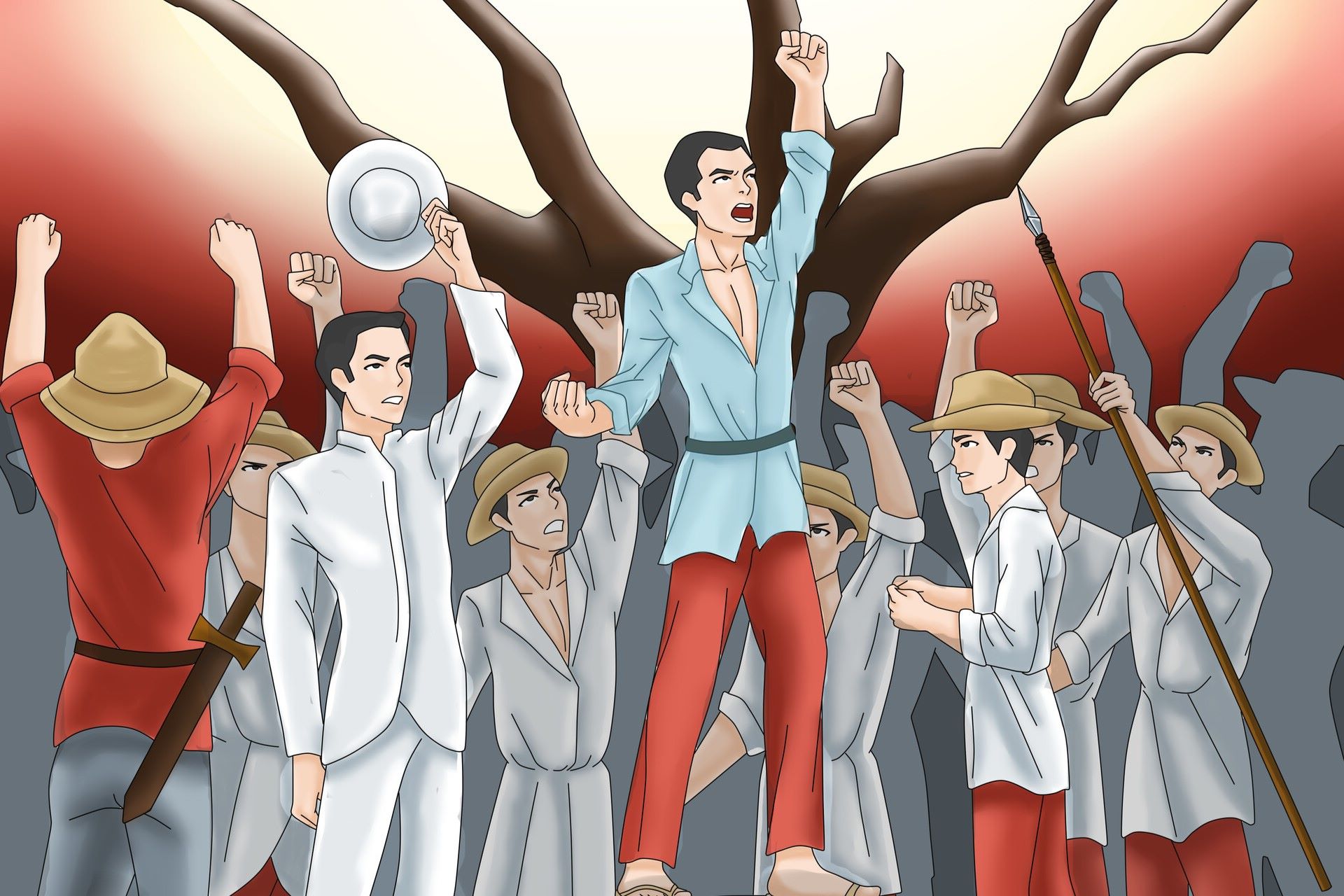Secrets Behind The Philippine Revolution

The Philippine Revolution was a pivotal event that shaped the nation's history. Sparked by years of Spanish colonial rule, it ignited a fierce struggle for independence. This revolution wasn't just a series of battles; it was a movement fueled by the desire for freedom and justice. Key figures like Andrés Bonifacio and Emilio Aguinaldo played crucial roles, leading the charge against oppression. Understanding the causes, major events, and outcomes of this revolution offers a glimpse into the resilience and determination of the Filipino people. Dive into the story of how a nation fought to reclaim its identity and sovereignty.
The Spark of the Revolution
The Philippine Revolution began in 1896, a pivotal moment in the country's history. This uprising against Spanish colonial rule was fueled by various events and places that played crucial roles. Let's explore some key locations that ignited the revolutionary spirit.
Cavite: Known as the birthplace of the revolution, Cavite witnessed the first major battle. The province became a stronghold for Filipino revolutionaries, led by Emilio Aguinaldo.
Manila: The capital city served as the center of political and social activities. Secret meetings and propaganda efforts were rampant here, making it a hotbed for revolutionary ideas.
Balintawak: This area is famous for the "Cry of Balintawak," where Andres Bonifacio and his followers tore their cedulas (residence certificates) as a symbol of defiance against Spanish rule.
Key Figures and Their Strongholds
Several key figures emerged during the revolution, each with their own strongholds and areas of influence. These places became synonymous with their names and contributions.
Kawit: Emilio Aguinaldo's hometown, where he declared Philippine independence on June 12, 1898. The Aguinaldo Shrine stands as a testament to this historic event.
Tondo: Andres Bonifacio's base of operations. Tondo was a densely populated area where Bonifacio organized the Katipunan, a secret society that spearheaded the revolution.
Pampanga: Known for its strategic location, Pampanga was a significant battleground. General Antonio Luna, a brilliant military strategist, led several successful campaigns here.
Battles That Shaped the Revolution
The revolution saw numerous battles that were pivotal in shaping the course of Philippine history. These battles were fought in various locations, each contributing to the eventual success of the revolution.
Battle of Imus: A major victory for the revolutionaries, this battle boosted their morale and proved their capability to defeat Spanish forces.
Battle of Binakayan-Dalahican: Another significant win for the Filipino forces, this battle demonstrated their growing strength and unity.
Battle of Tirad Pass: Known as the "Philippine Thermopylae," this battle showcased the bravery of General Gregorio del Pilar and his men, who fought valiantly against overwhelming odds.
Sites of Surrender and Treaty
The revolution eventually led to the end of Spanish rule, marked by significant surrenders and treaties. These locations are etched in history as the sites where the revolution's goals were realized.
Biak-na-Bato: The site of the Pact of Biak-na-Bato, where a truce was signed between Spanish authorities and Filipino revolutionaries. Although temporary, it marked a significant moment in the struggle for independence.
Malolos: The Malolos Congress convened here, leading to the establishment of the First Philippine Republic. This was a monumental step towards self-governance and independence.
Manila Bay: The Battle of Manila Bay saw the defeat of the Spanish fleet by American forces, leading to the end of Spanish colonial rule in the Philippines. This battle was a turning point in the revolution's final phase.
Lessons from the Philippine Revolution
The Philippine Revolution offers valuable lessons about resilience and unity. Filipinos fought against colonial rule with determination, showing the power of a united front. The revolution also highlights the importance of leadership. Figures like Andrés Bonifacio and Emilio Aguinaldo inspired many to join the cause. Understanding the revolution helps us appreciate the struggles and sacrifices made for freedom. It also reminds us that change often requires courage and collective effort. The revolution's legacy continues to influence the Philippines today, shaping its national identity and values. By studying this period, we gain insights into the strength and spirit of the Filipino people. This historical event is not just a chapter in history books but a testament to the enduring fight for independence and justice.

